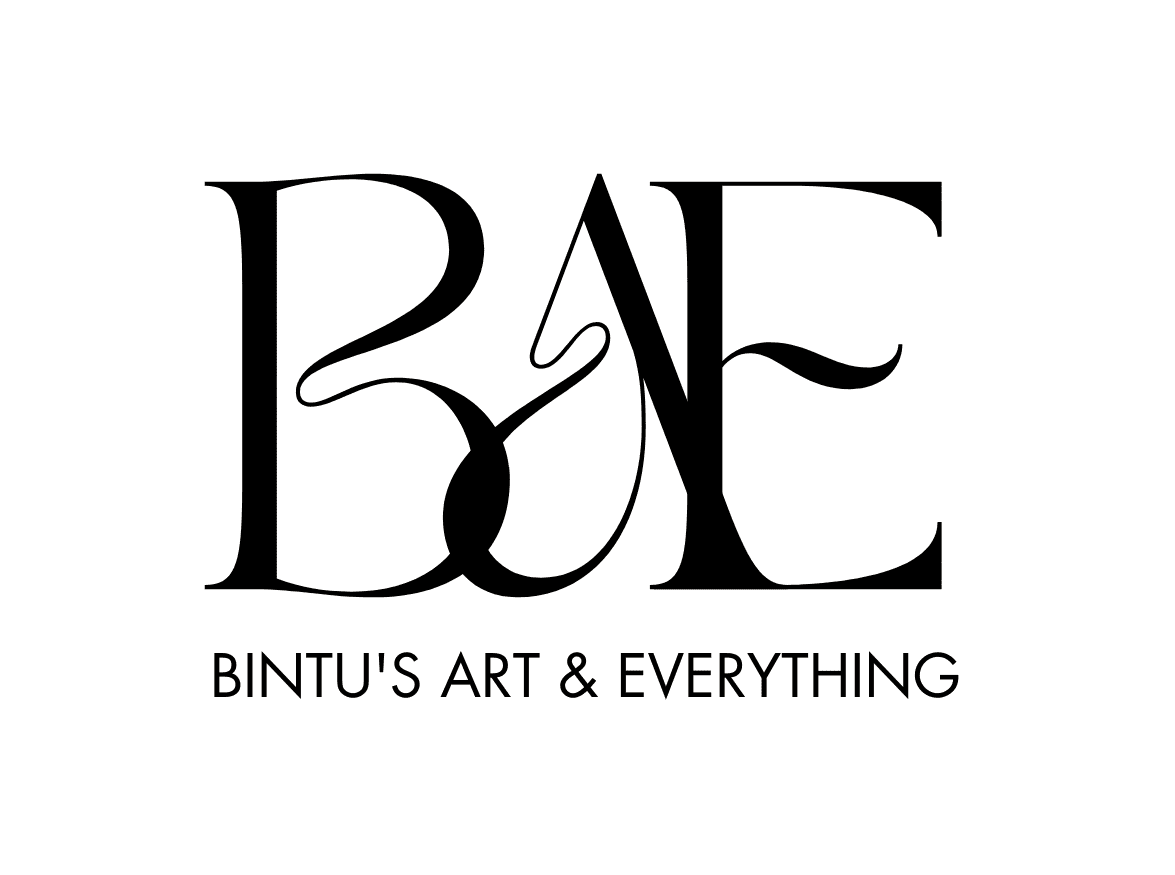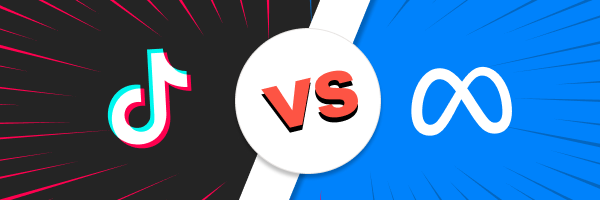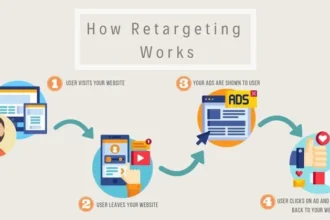TikTok Ads vs. Meta Ads: Which Offers Better ROI for Your Business?
Choosing the right advertising platform can make or break your marketing budget. In today’s crowded digital world, knowing where to spend your ad dollars leads to better results. TikTok and Meta are two giants in online advertising, but which one gives you the biggest bang for your buck? Let’s break down their pros, cons, and which might help your business grow faster and smarter.
- TikTok Ads vs. Meta Ads: Which Offers Better ROI for Your Business?
Overview of TikTok and Meta Advertising Platforms
What is TikTok Ads?
TikTok’s ad platform focuses on short, engaging videos that often go viral. Its ad formats include In-Feed Ads that play as users scroll, branded hashtags encouraging challenges, and TopView ads that appear when users open the app. TikTok’s strength is in making content seem spontaneous and fun, letting brands join trending conversations easily. Influencer collaborations and viral challenges are key for brands wanting quick engagement.
What is Meta Ads?
Meta owns Facebook and Instagram, two of the biggest social media platforms. Meta Ads come in many forms like carousel images, Stories, videos, and collection ads. These formats suit different marketing goals, from quick awareness to direct sales. Meta’s biggest advantage lies in its detailed targeting tools — you can reach very specific audiences and retarget users who already interacted with your brand.
Key Audience Demographics
TikTok mainly attracts younger users — Generation Z and Millennials. If your product targets this crowd, TikTok can be a goldmine. On the other hand, Meta’s platforms have a broader audience that includes older adults, professionals, and hobbyists. If you want to reach a diverse mix, Meta provides that wide net.
Cost and Budgeting Efficiency
Cost Structures of TikTok and Meta Ads
Pricing varies a lot depending on your industry, objective, and location. Industry reports show TikTok’s average CPC (cost per click) sits around $1.00, but this can be lower for certain niches. CPM (cost per thousand impressions) typically hovers around $8 to $12. On Meta, CPC averages about $0.70, with CPM closer to $5–$8. Meta ads tend to be more costly for small budgets but offer ultra-specific targeting.
Budget Flexibility and Optimization
Small businesses might find TikTok’s lower costs appealing, while larger companies can maximize their spend on Meta’s advanced targeting. When working with limited budgets, a smart approach involves continuous testing and adjusting. Start small, measure results, and reallocate spend toward high-performing ads.
Actionable Tips
- Conduct A/B testing to see what creative and targeting work best.
- Shift your budget toward the highest performing ads based on metrics.
- Use real-time data to tweak bids and settings daily or weekly.
Audience Targeting and Engagement Capabilities
Targeting Options on TikTok
TikTok’s targeting options include age, location, and interests. You can also tap into trending hashtags and viral challenges to boost organic-like engagement. The platform emphasizes—and encourages—content that feels native and authentic, making it easier to connect with viewers.
Targeting Options on Meta
Meta excels in detailed audience segmentation. You can create Custom Audiences from existing data, reach new users with Lookalike Audiences, and refine based on behaviors, interests, and demographics. Retargeting is especially powerful here, allowing ads to follow users after they visit your website or interact with your content.
Engagement and User Interaction
TikTok’s format makes videos more shareable and better suited for viral reach. Viral challenges and trending sounds boost organic interactions. Meta uses in-depth analytics tools to track conversions and engagement across campaigns, giving marketers clear insights. For example, a fashion retailer ran a TikTok challenge that doubled sales and a Meta ad campaign that boosted online store visits by 30%.
Expert Quotes
“Brands that embrace TikTok’s culture and trends see rapid growth,” says digital marketing expert Lisa Carter. “Meta’s detailed targeting ensures your ads reach the right eye, especially for mature audiences.”
Creative Content and Ad Formats
Creative Flexibility on TikTok
TikTok thrives on short videos that blend seamlessly into users’ feeds. Creators often add music, effects, and trending sounds, making ads feel more native. The platform’s native style invites brands to produce less polished, more authentic content — which often garners higher engagement.
Creative Flexibility on Meta
Meta provides a variety of ad options, like static images, videos, carousels, and Stories. You can target each ad to specific audience segments and tweak the creative elements. Facebook’s advanced tools allow for easy testing of different formats to find what works best.
Impact on ROI
Content that fits the platform’s style performs better and drives more conversions. For instance, short, catchy videos on TikTok often outperform more professionally made ads. On Meta, well-designed carousel ads showcasing multiple products can increase average order value.
Tips for Creating Effective Content
- Use trending sounds and challenges on TikTok.
- Keep videos short, lively, and authentic.
- For Meta, use eye-catching visuals and clear calls to action.
- Test different formats to see what your audience responds to.
Performance Metrics and ROI Analysis
Key Metrics to Track
Focus on click-through rate (CTR), conversion rate, cost per acquisition (CPA), and return on ad spend (ROAS). These show how efficiently your ad dollars turn into results. Higher CTR and ROAS mean better ROI.
Platform-Specific Performance Insights
Across industries, TikTok campaigns tend to have higher engagement but slightly lower conversion rates. Meta’s larger user base often results in higher conversions but at a higher cost. For example, a beauty brand saw a 25% higher ROAS with TikTok but felt Meta provided larger scale options for certain product launches.
Case Studies and Data-Driven Outcomes
A fitness apparel company reported a 40% increase in sales from TikTok ads, thanks to viral challenge participation. Meanwhile, a tech gadget brand achieved a 3x ROAS on Meta by retargeting website visitors with dynamic ads.
Actionable Tips
- Monitor analytics daily and adapt your creatives accordingly.
- Use A/B tests to find the best audience segments.
- Optimize bids and budgets based on campaign performance.
Which Platform Delivers Better ROI? Final Comparison
Pros and Cons of TikTok Ads
Strengths: Viral potential, high engagement, low costs for startups targeting younger audiences.
Limitations: Smaller mature demographic, message fatigue over time, less data for targeting.
Pros and Cons of Meta Ads
Strengths: Precise targeting, massive reach, extensive analytics, suitable for varied objectives.
Limitations: Higher costs, ad saturation, some audience fatigue.
Factors Influencing ROI
Success depends on your industry, target audience, and creative approach. For example, fashion brands may find TikTok better due to trending challenges, while B2B services might see more value in Meta’s detailed targeting features. Budget size also matters — smaller budgets often get more bang for the buck on TikTok.
Conclusion
Both TikTok and Meta can generate solid ROI, but their strengths vary. TikTok excels at capturing younger audiences through viral content, often with less cost. Meta’s strength lies in reaching diverse, mature demographics with highly targeted ads. The key? Test both platforms. Keep a close eye on your metrics, optimize your creatives, and refine your targeting.
Use data as your guide. Happy advertising!
Image source: Linkedin.com





